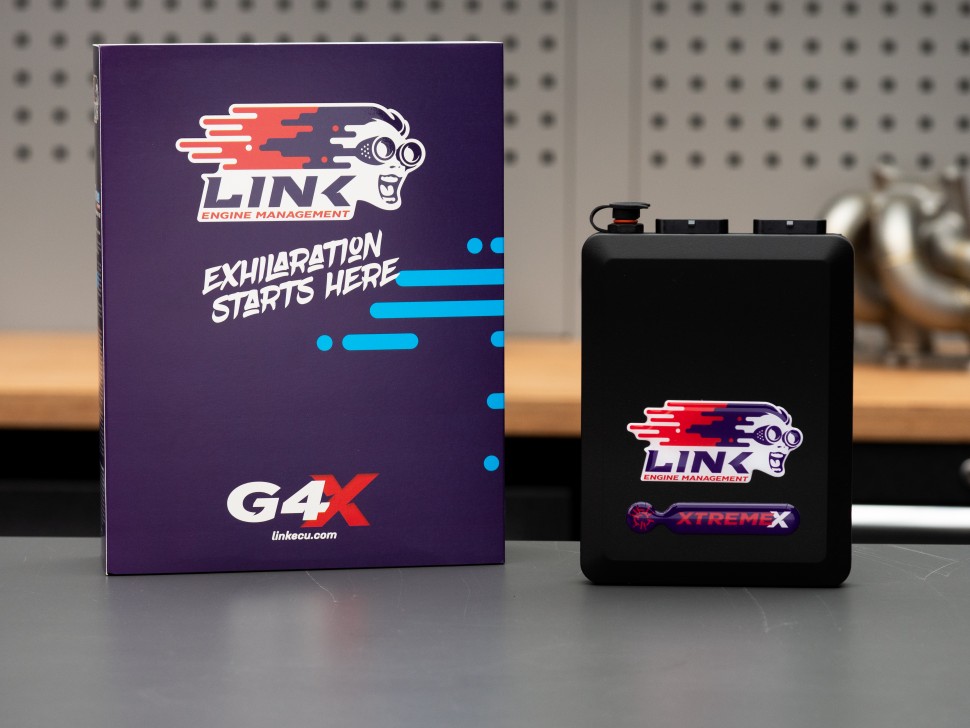| 00:00 |
- The next step of our process is to get an understanding of what tables are likely to exist so that we can then find and define those tables in our next step.
|
| 00:10 |
Now we have covered the logic flow of the Bosch ME and MED9 controller in the body of the course so this really explains the logic flow as well as the tables that will exist and we can use this to base our decisions off here.
|
| 00:25 |
Really this starts with our driver's wish or driver's requested torque table.
|
| 00:31 |
This is simple a 3D table that converts the driver's accelerator pedal position to a torque request.
|
| 00:40 |
This, remember though, is a relative torque number so we're talking values between zero and 100%, this is not a direct torque request in newton metres.
|
| 00:49 |
Once we've got a torque request, the next table that we move into is the KFMIRL table and this again is a 3D table, it takes relative torque and RPM and outputs a requested cylinder fill or load value, again as a percentage.
|
| 01:09 |
It is important to remember that the KFMIRL table works in conjunction with the KFMIOP table, this is simply an inverse of the KFMIRL table and it's really important if we're modifying one, that we need to make inverse modifications to the other.
|
| 01:27 |
If the values don't match within a relatively tight tolerance, then we're likely to end up with diagnostic trouble codes and potentially the engine operating in limp home mode.
|
| 01:38 |
The KFMIOP table is again 3D, we've got RPM vs our relative cylinder fill or requested load and the numbers inside of the table are our relative torque request value.
|
| 01:51 |
Next we need to consider our charge limitation tables and there are a range of these.
|
| 01:56 |
As for that matter, there are with a lot of the tables that we do need to find.
|
| 02:00 |
The charge limitation tables simply, as their name implies, will limit the maximum charge level that the ECU will request and interestingly we'll usually find that the charge limitation values are actually significantly below the requested cylinder fill values that come from the KFMIRL table.
|
| 02:19 |
What this also means is that interestingly by simply raising the charge limitation values to match the requested cylinder fill from the KFMIRL table, we can often see a significant and very easy to achieve gain in power and torque.
|
| 02:35 |
Next up we need to consider our fuel delivery and this comes from two separate locations.
|
| 02:40 |
We'll have our driver's requested lambda tables and we'll also have our lambda for component protection tables.
|
| 02:48 |
And remembering that the controller is in the background always calculating the current exhaust gas temperature and there will be a threshold where it switches from the driver's requested lambda to the lambda for component protection tables.
|
| 03:01 |
As discussed in the body of the course, the lambda for component protection tables are actually a significantly higher resolution and some tuners prefer to force the ECU to always work in these tables to give a little bit more control.
|
| 03:16 |
This really comes down to personal preference but we will be finding both of these sets of tables regardless.
|
| 03:22 |
Along with our lambda target tables, we also need to consider our mass airflow calibration, or in this case mass airflow linearisation table, this is referred to in Bosch acronyms as MLHFM.
|
| 03:38 |
Now typically unless there has been a significant change to the inlet track or the mass airflow sensor has been relocated and remounted, should be little reason to make adjustments to these but of course we'll be able to tell from our short term and long term fuel trims, how close that calibration is, this will be the table to make changes to if we find that our trims are excessive.
|
| 04:02 |
With our fuelling dealt with, we need to move onto our ignition timing and as usual there are a multitude of tables for our ignition timing that we will need to find and define.
|
| 04:12 |
Lastly we've also got our boost control and this is our wastegate table.
|
| 04:18 |
So again typically with all stock parts, there should be little need to actually make changes to these tables but we do have two tables that we will be finding locating and defining.
|
| 04:30 |
This is our base feed forward table which is essentially where the ECU will start in terms of wastegate duty cycle to achieve our target boost level.
|
| 04:40 |
There is also another table right beside this which is essentially our maximum allowable wastegate duty cycle so again we'll find those, whether or not they're required will depend on the specifics of the level of tune that we're looking for.
|
| 04:55 |
Now that we know the key tables that we are going to be trying to find, we can move onto the next step of our process.
|





